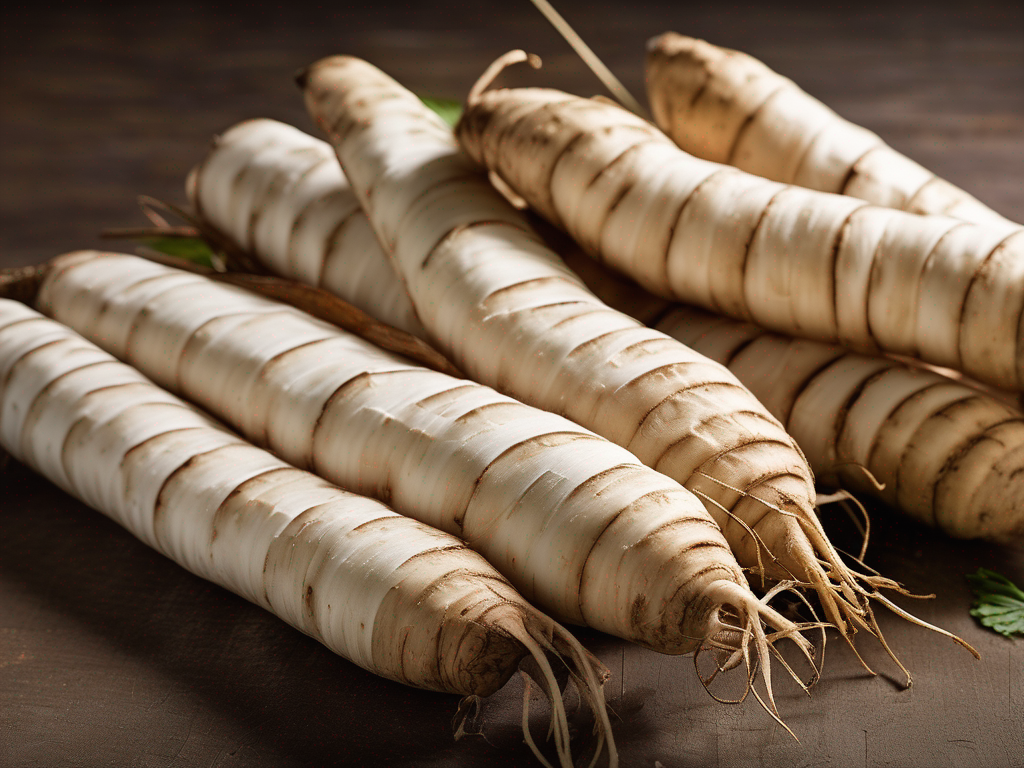
Maximizing the Shelf Life of Arrowroot: Proper Storage Tips
Get Your Free Food Safety Cheat Sheet
30 most common foods with instant answers. Print it and stick it on your fridge—completely free!
Maximizing the Shelf Life of Arrowroot: Proper Storage Tips
Arrowroot is a versatile ingredient often used in cooking and baking as a thickening agent or as a gluten-free alternative to traditional flours. To maintain its quality and extend its shelf life, proper storage is essential. In this blog post, we will discuss the best practices for storing arrowroot to ensure its longevity and freshness. (Arrowroot)
Understanding Arrowroot
Before delving into storage tips, let's briefly discuss what arrowroot is and its characteristics:
-
What is Arrowroot? Arrowroot is a starchy substance extracted from the rhizomes of tropical plants. It is commonly used in culinary applications for its thickening properties and as a gluten-free alternative to cornstarch.
-
Key Characteristics of Arrowroot
- Odorless
- Flavorless
- Gluten-free
- Easily digestible
For more information on arrowroot and its culinary uses, check out this arrowroot guide.
Factors Affecting Arrowroot Shelf Life
Several factors can impact the shelf life of arrowroot, including:
- Moisture: Arrowroot should be stored in a dry environment to prevent mold or spoilage.
- Light: Exposure to light can degrade the quality of arrowroot over time.
- Temperature: Arrowroot should be stored at a consistent temperature to maintain its freshness.
- Air Exposure: Properly sealing arrowroot containers can prevent air exposure, which can lead to staleness.
Best Practices for Storing Arrowroot
To maximize the shelf life of arrowroot and ensure its quality, follow these storage tips:
1. Choose the Right Container
- Use Airtight Containers: Store arrowroot in airtight containers to prevent moisture and air exposure.
- Opaque Containers: Opt for opaque containers to protect arrowroot from light exposure, which can degrade its quality.
2. Select an Ideal Storage Location
- Cool, Dark Place: Store arrowroot in a cool, dark pantry or cupboard away from heat sources and sunlight.
- Avoid Humid Areas: Keep arrowroot away from areas of high humidity to prevent moisture absorption.
3. Properly Seal the Container
- Secure Lid: Ensure the container is tightly sealed to prevent air from entering and affecting the arrowroot.
- Use Sealing Clips: For bags of arrowroot, use sealing clips to securely close the packaging.
4. Monitor Storage Conditions
- Check for Spoilage: Regularly inspect arrowroot for signs of spoilage, such as mold or off-putting odors.
- Rotate Stock: Use older arrowroot first to prevent it from sitting in storage for an extended period.
5. Additional Tips
- Avoid Temperature Fluctuations: Keep arrowroot away from temperature fluctuations, as they can impact its quality.
- Label Containers: Clearly label containers with the date of purchase to track freshness.
Conclusion
Proper storage is crucial for maintaining the quality and extending the shelf life of arrowroot. By following these storage tips, you can ensure that your arrowroot remains fresh and flavorful for an extended period. Remember to store arrowroot in a cool, dark place, use airtight containers, and monitor for any signs of spoilage. With the right storage practices, you can enjoy the benefits of arrowroot in your culinary creations for a longer time. (Arrowroot)
Related Posts
Here are some other articles you might find helpful:
Authoritative Food Safety References
These agencies and university labs inform every tip and health precaution we publish.
USDA FoodKeeper – Cold Storage Guidelines
Official refrigerator, freezer, and pantry timelines maintained by the U.S. Department of Agriculture.
Visit USDA FoodKeeperFDA Produce Safety Rule & Grower Guidance
Field-to-fridge handling practices that prevent contamination of fruits, vegetables, and leafy greens.
Visit FDA Produce SafetyCDC Foodborne Illness Prevention Hub
Surveillance-backed guidance on pathogens, symptoms, and steps to reduce foodborne illness risk.
Visit CDC Food SafetyUC Davis Postharvest Technology Center
University research detailing optimal storage atmospheres for produce after harvest.
Visit UC Davis PostharvestPenn State Extension – Home Food Preservation & Safety
Peer-reviewed extension bulletins on safe canning, chilling, and reheating practices.
Visit Penn State ExtensionGet Your Free Food Safety Cheat Sheet
30 most common foods with instant answers. Print it and stick it on your fridge—completely free! Want more? Upgrade to the complete guide with 70+ foods.
Scan your food directly and get instant safety info using our AI-powered camera feature.